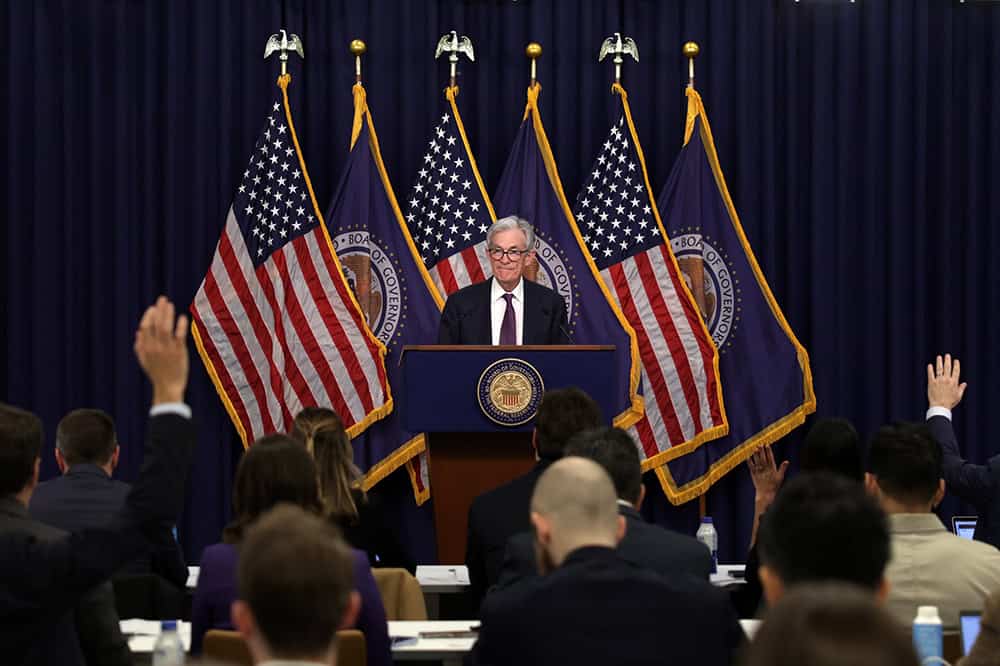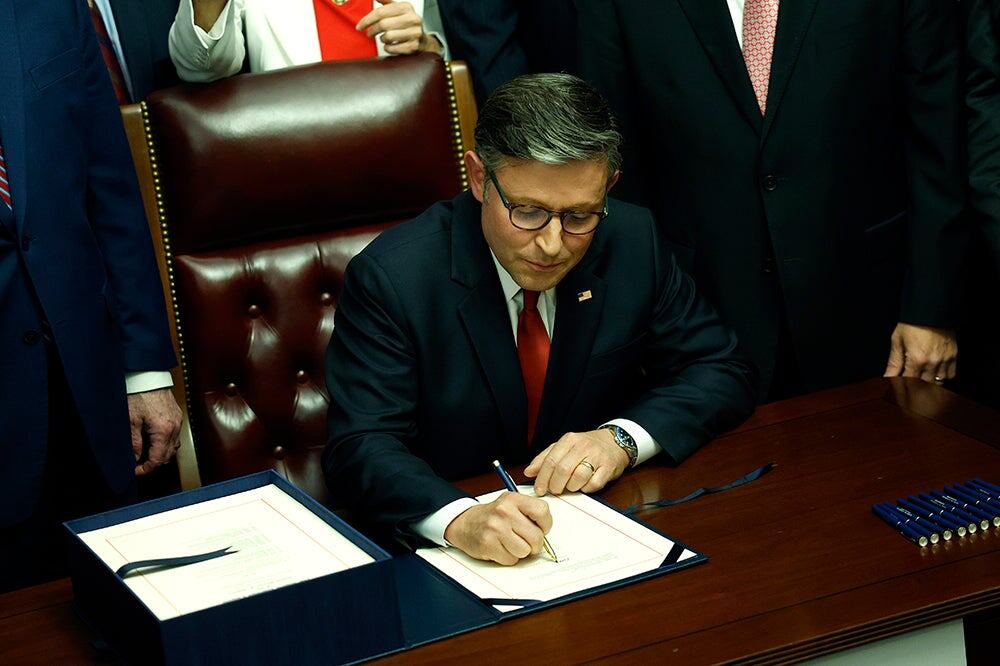Statement from the Peterson Foundation on CBO’s 2015 Long-Term Fiscal Outlook
NEW YORK — Today, the Congressional Budget Office released its 2015 Long-Term Fiscal Outlook, which projects that by 2040, federal debt will climb to over 100 percent of GDP under current law and could reach 175 percent of GDP under less optimistic assumptions.
CBO warned in its report that these levels of debt “would have significant negative consequences for the economy in the long term and would impose significant constraints on future budget policy.”
Michael A. Peterson, President and CEO of the Peter G. Peterson Foundation, commented today following the release:
“CBO has once again warned that America’s long-term fiscal outlook is on an unsustainable path that threatens economic growth. On our current trajectory, rising debt will harm our economy by crowding out important private and public investments, slowing the growth of productivity and wages. We can’t let that happen.
“The good news is that many solutions exist, and there is still time to act. A plan to improve our long-term fiscal outlook would provide an immediate boost in confidence and certainty, and ensure that we have resources to invest in the future of our economy, in areas like education, infrastructure and research. And as our foundation’s recent Solutions Initiative shows, there are a range of policy options that can put our nation on a stable fiscal path in a gradual, compassionate and effective manner, without austerity.
“CBO’s report is a call to action, and these critical fiscal issues should be a central part of the 2016 election conversation. Our future economy is at stake, and candidates have a responsibility to talk with Americans about their plans for putting the country on a sustainable long-term fiscal path.”
Earlier this year, the Peterson Foundation announced the results of its Solutions Initiative, which brings together policy organizations from across the ideological spectrum to develop plans to stabilize the long-term debt in order to achieve greater prosperity and economic growth. Experts from five leading think tanks developed comprehensive policy proposals to set the federal budget on a sustainable, long-term path. While each plan reflects different policy priorities, the plans presented under Solutions Initiative make clear that there are many options available to build a brighter future for America.
Further Reading
Quiz: How Much Do You Know About Healthcare in the United States?
The United States has one of the largest and most complex healthcare systems in the world. Take our healthcare quiz to see how much you know about the cost and quality of the U.S. healthcare system.
The Fed Reduced the Short-Term Rate Again, but Interest Costs Remain High
High interest rates on U.S. Treasury securities increase the federal government’s borrowing costs.
How Did the One Big Beautiful Bill Act Change Tax Policy?
See how OBBBA restructured the tax landscape across four major areas: individual tax provisions, business tax provisions, energy tax credits, and health-related tax changes.


